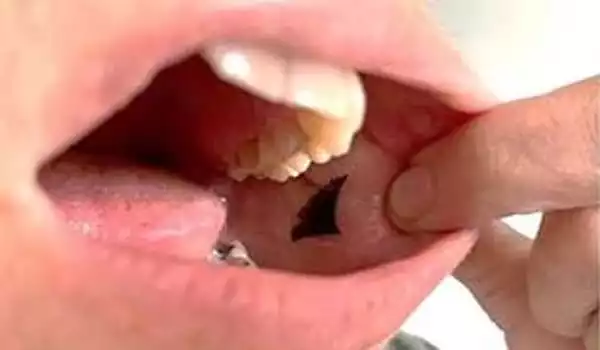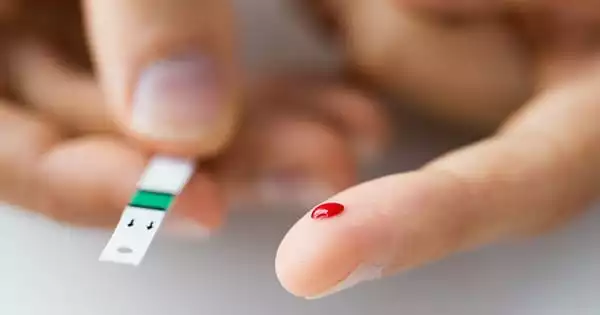Diabetes management can be difficult. You must use caution when eating. If you require insulin, you must pierce your finger and inject yourself numerous times every day. However, because of advances in technology, some diabetes patches can make living with the illness easier and more convenient. However, not all of these patches are a good idea. The patches you can rely on release insulin via the skin, just like a shot. You can also rely on wearable devices to monitor your blood glucose levels.
A collaborative effort between diabetic specialists and biomedical engineers could alter how people with diabetes manage their blood sugar levels. Painful insulin injections may become a thing of the past for the millions of Americans who suffer from diabetes, thanks to a new invention from researchers at the University of North Carolina and NC State, who have developed a “smart insulin patch” that can detect increases in blood sugar levels and secrete doses of insulin into the bloodstream as needed.
For patients with diabetes, managing blood sugar levels necessitates around-the-clock vigilance. A healthier diet and more physical activity can help, but many people with the illness also need to take insulin shots on a regular basis, as insulin is the major hormone that regulates sugar. Researchers in ACS Applied Bio Materials have now reported a prototype insulin-loaded patch that comfortably clings to the inside of a person’s cheek to distribute this drug in a less intrusive manner.
Researchers in ACS Applied Bio Materials have now reported a prototype insulin-loaded patch that comfortably clings to the inside of a person’s cheek to distribute this drug in a less intrusive manner.
A tiny cartridge containing fast-acting insulin is included in the insulin patch-pump prescription system. It is attached to a patch that you wear on your body. The insulin enters your bloodstream via a tiny needle held in position by the patch. Research shows that people who use needless daily insulin than people who rely on shots.
According to the American Diabetes Association, around 6 million Americans take insulin to help control their diabetes, either because their bodies don’t produce the hormone (Type 1) or because their bodies don’t respond properly to what they do produce (Type 2). People take insulin primarily by injecting themselves with pens or syringes, or by having semi-permanent pumps implanted. These methods are invasive and unpleasant, and they necessitate proper needle or biohazard disposal as well as sterile circumstances.
Other methods of delivering insulin through the skin, like as gel-like lotions, have been investigated by researchers. However, the skin serves as an excellent barrier, and medications enter the body slowly. The membrane lining the inside of the mouth, on the other hand, is very thin, roughly one-quarter the thickness of skin, making it a potential entry point for drugs into the bloodstream. So Sabine Szunerits and colleagues sought to explore if a previously created material – a polymer fiber mat that is activated by heat to release medications – could connect to the cheek lining and administer insulin.

The researchers first soaked small squares of a nanofiber mat, made from electrospun fibers of poly(acrylic acid), β-cyclodextrin, and reduced graphene oxide, in a solution with insulin for three hours. Then the team applied the insulin-loaded patches onto the cheek linings and corneas of pigs. Heating the material with a near-infrared laser for 10 minutes to 122F activated the material and released insulin into the two types of membranes several times faster than through the skin. In addition, the researchers placed the patches in vivo inside the cheeks of three insulin-dependent pigs.
The researchers put this method to the test in a mouse model of type 1 diabetes to see how well it controlled blood sugar levels. They gave one group of mice regular insulin shot and examined their blood glucose levels, which decreased to normal but immediately returned to hyperglycemic levels. When the researchers applied the microneedle patch to another group of mice, blood glucose levels were brought under control within thirty minutes and remained that way for several hours.
The heat from the laser caused no irritation or visible alterations in the cheek linings. The pigs’ blood sugar levels dropped as soon as the substance was activated. Concurrently, the animals’ plasma insulin levels increased, which the researchers claim is proof of concept that this preliminary platform is effective at delivering insulin to the bloodstream. Finally, six human volunteers inserted a placebo version of the patch inside their cheeks for two hours and reported that it was comfortable. The next step, according to the researchers, is to conduct additional preclinical testing of the prototype on animal models.
















